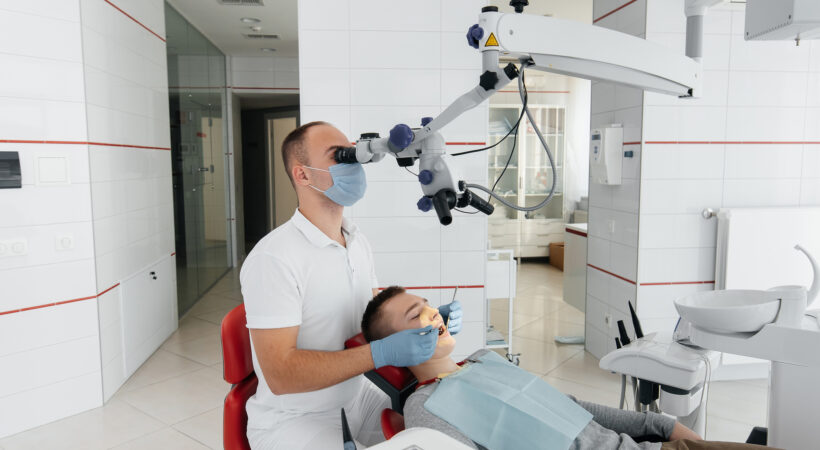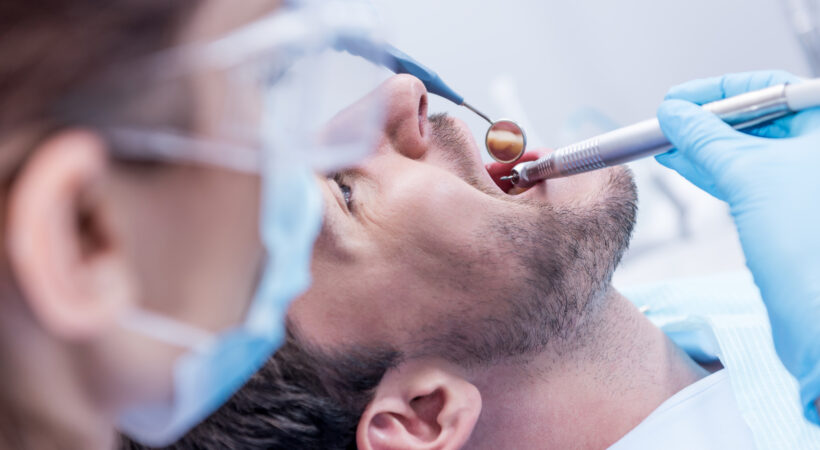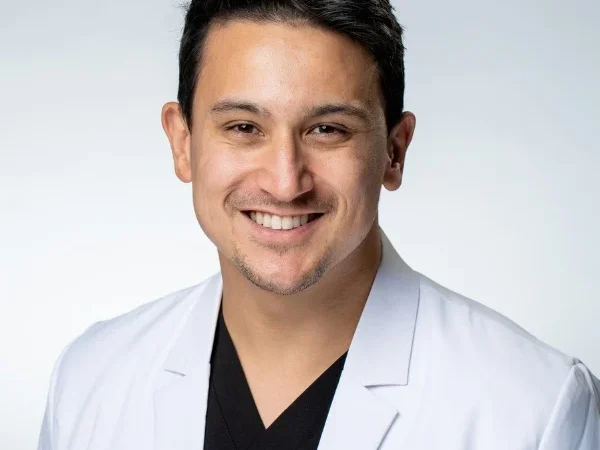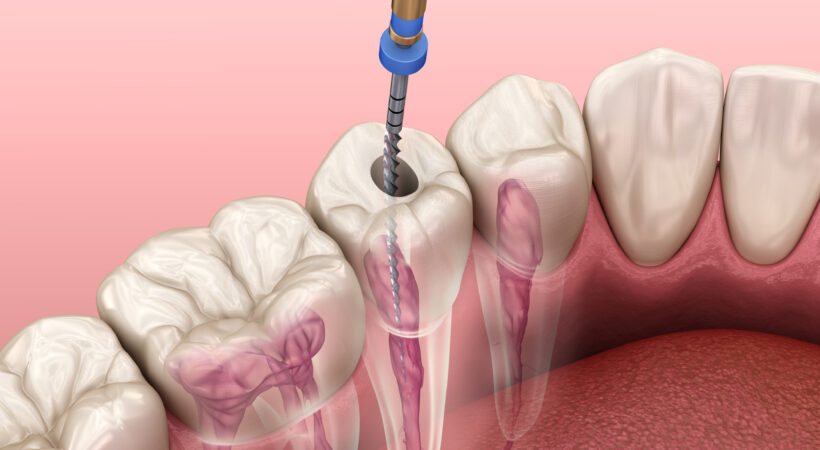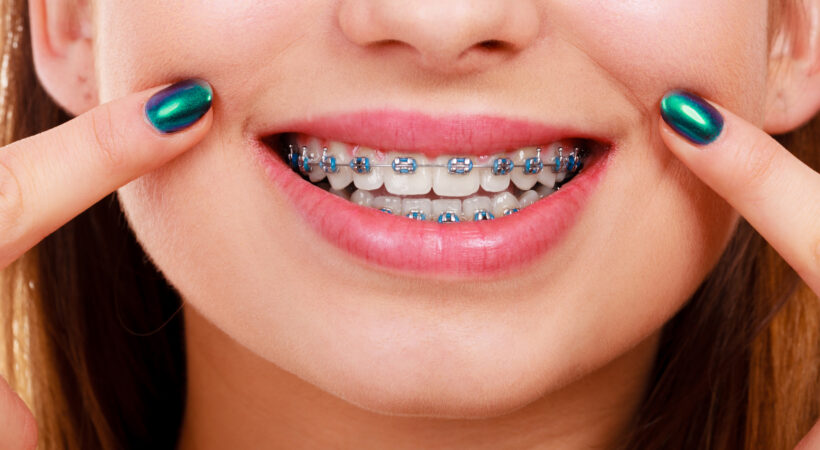In the world of modern dentistry, advancements are continually being made to enhance the appearance and functionality of our smiles. Cosmetic dentistry, in particular, has seen significant evolution over the years, offering a wide range of treatments to address various aesthetic concerns. However, while procedures such as teeth whitening, veneers, and dental implants have become commonplace, there’s an emerging player on the scene that could potentially revolutionize the field: peptides.
Peptides, often associated with skincare and muscle-building, are short chains of amino acids that play crucial roles in biological processes. Their applications in dentistry are relatively new but promising. With research pointing towards their ability to promote tissue regeneration and enhance wound healing, the question arises: Can peptides truly make a difference in cosmetic dentistry?
To understand the potential impact of peptides in cosmetic dentistry, it’s essential to first recognize the current landscape of the field. Despite the advancements in technology and techniques, most cosmetic dentistry remains separate from the realm of regenerative medicine. Treatments primarily focus on improving aesthetics rather than facilitating biological repair. This is where peptides enter the picture.
Peptides possess unique properties that make them valuable assets in dental applications. One of their key attributes is their ability to stimulate collagen production. Collagen is a protein crucial for maintaining the structural integrity of various tissues in the body, including those in the oral cavity. By promoting collagen synthesis, peptides have the potential to enhance gum health and support the stability of dental restorations.
Furthermore, peptides have been shown to possess antimicrobial properties, making them effective agents against oral pathogens. In an environment prone to bacterial colonization, such as the oral cavity, this characteristic is particularly advantageous. Peptide-based therapies could help prevent infections associated with dental procedures and contribute to overall oral health.
Another area where peptides show promise is in promoting the integration of dental implants. Successful implant placement relies on osseointegration, the process by which the implant fuses with the surrounding bone tissue. Peptides can aid in this process by stimulating bone formation and improving the bond between the implant surface and the adjacent bone. This could lead to faster healing times and reduced risk of implant failure.
Despite these potential benefits, the integration of peptides into cosmetic dentistry is still in its infancy. Research efforts are underway to explore the various applications of peptides in dental procedures further. Clinical trials are evaluating their efficacy in promoting tissue regeneration, reducing inflammation, and enhancing the outcomes of cosmetic dental treatments.
However, as the demand for peptides continues to grow across various industries, including healthcare and cosmetics, their availability and affordability in dental practice may increase. With advancements in peptide synthesis and formulation, these bioactive molecules could become more accessible for dentists seeking to incorporate regenerative approaches into their treatment protocols.
One area of particular interest is the use of peptides in soft tissue augmentation procedures. Lip enhancements, for example, have gained popularity in recent years as patients seek plumper, more youthful lips. Peptide-based formulations could offer a natural alternative to traditional fillers by stimulating collagen production in the lips, leading to subtle yet long-lasting results.
Moreover, peptides hold potential in addressing common challenges associated with traditional cosmetic dental procedures. For instance, patients undergoing orthodontic treatment often experience discomfort and inflammation due to the forces exerted on their teeth. Peptides with anti-inflammatory properties could help alleviate these symptoms and promote faster healing, improving the overall orthodontic experience for patients.
As the field of cosmetic dentistry continues to evolve, it’s essential to embrace innovative approaches that prioritize not only aesthetics but also biological function and patient well-being. Peptides represent a promising avenue for achieving these goals, offering a holistic approach to dental care that integrates regenerative principles into routine procedures.
In conclusion, while most cosmetic dentistry remains focused on surface-level enhancements, the potential of peptides to revolutionize the field cannot be overlooked. With their ability to stimulate tissue regeneration, combat infection, and enhance treatment outcomes, peptides have the power to transform smiles from the inside out. As research progresses and technology advances, we may witness a shift towards a more regenerative approach to cosmetic dentistry, where peptides play a central role in achieving optimal oral health and beauty.


